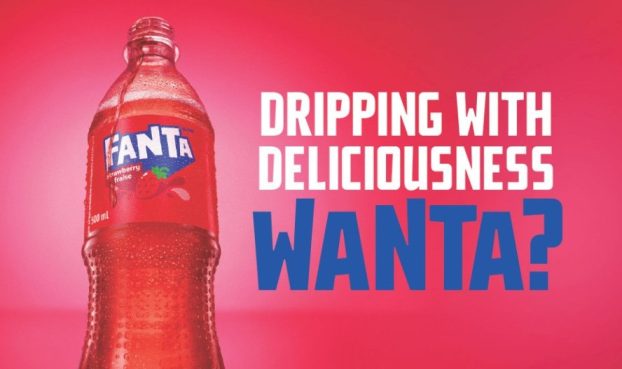For all of its frequent brushes with glamor and its exhilarating unpredictability, working in the image business is a tough way to make living.
Creating, nurturing, and making a reality out of something as elusive as a brand personality – especially for a product as ordinary as a can of soda pop – is a challenge that tests every particle of intellect, creativity, courage and, very often, self-belief.
The process is hard enough when conducted from the relative comfort of objective detachment. It becomes frighteningly, sometimes paralyzingly, difficult when the subject is oneself.
Ask any ad agency people and they will tell you that talking about themselves is among the most daunting assignments they face. Agencies do not advertise, in part, because it is such a soul-wrenching and downright difficult thing to do.
Which only makes the assignment that we have given young advertising creative people in our search for the best team in Canada all the more interesting. They are being asked to create a house ad, or a campaign consisting of as many as six ads, to promote Canadian advertising. The target audience is the best advertising people in the world.
Our creative challenge is described on page 7 in this issue. It is, in effect, a national talent search, a device we are using to identify the best young creative team to represent Canada at a competition involving the brightest young creatives from around the world.
The creatives will be competing in a creative shoot-out at the International Advertising Festival in Cannes this June. The initiative is both timely and necessary. As the world of advertising hungers for renewal and a reason to believe in itself again, this competition puts a much-needed spotlight on those who are tomorrow’s hope.
And our lead-up to this exciting creative contest could, if embraced with enthusiasm and commitment by this community, act as an important spotlight of its own. Not only does our selection exercise provide an important platform for young talent, but it also brings to life in an interesting way a number of significant issues that are uniquely Canadian.
For one thing, our contest has no geographic, linguistic or corporate bias. This is purely a test of imagination and thinking. It doesn’t matter where your agency is located, who owns it or how many millions of dollars it bills, which in the day-to-day world is something that Canadians still need to convert from theory to belief.
The project – telling the world that Canada is a world player – also forces the community to confront that illusive question of identity, and self-image.
These are all matters that have been resting somewhere on the agency establishment’s agenda for years. It seems more than fitting that they be exposed to some fresh, new thinking.























